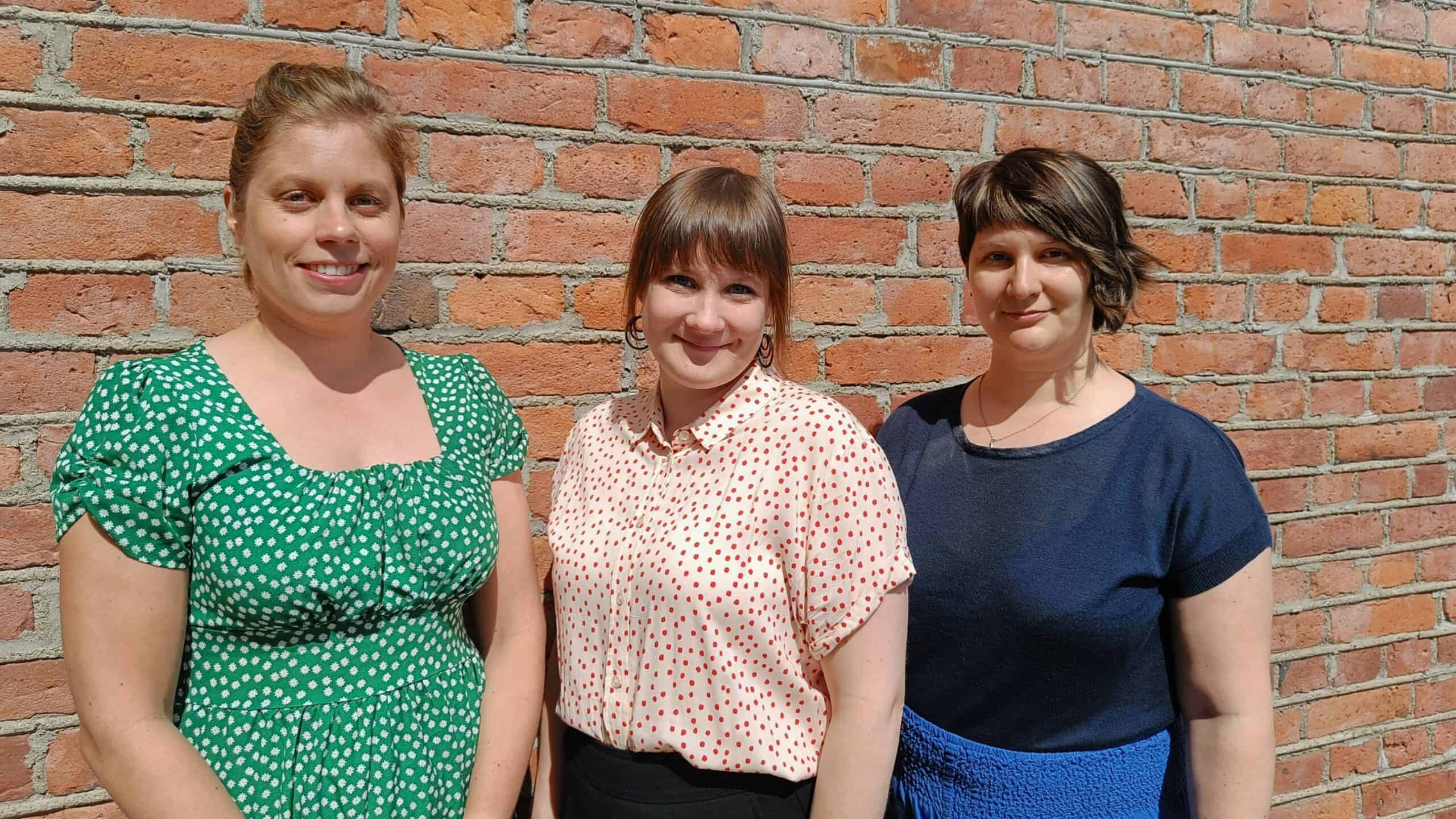
Updates from Climate-4-CAST pilot cities: Climate Budget supports Tampere's goal for climate neutrality
06 June 2024
Tampere is one of the six pilot cities in Climate-4-CAST project that is already implementing a climate budget in their financial planning and has shared experiences of climate budgeting to other pilot cities within the project. In this article we share some of the key features of climate budgeting in City of Tampere.
Tampere is aiming for climate neutrality by 2030. This means that the city’s greenhouse gas emissions will be reduced by 80% compared to 1990 levels and the remaining 20% will be compensated. Reaching the goal requires especially reducing the climate emissions in transportation, housing, energy use and industry. With the help of the climate budget, the city monitors the progress of the carbon neutrality goal, the adequacy of climate measures and the region’s emissions development. The purpose is to bring transparency to how much and for which activities the city spends money on climate work. It is essential to produce information to support decision-making.
The experts behind Tampere’s climate budget are the energy and climate expert Elina Seppänen from an emissions perspective and the development expert Emmi Nieminen from an economic perspective. They work in the city’s climate and environmental policy unit as a tag team in climate budget calculations. Seppänen and Nieminen are also two of the founding members of Climate-4-CAST project, and core members of the local project team at the City of Tampere.
‒ Climate budget is a convenient monitoring tool, from which both decision-makers and municipal residents can view Tampere’s progress in its important carbon neutrality work. It shows how close we are to achieving our climate goals and how much of the budget is used to achieve the goal, Nieminen says.
In March 2024, the city of Tampere was awarded with the European Union’s official climate work label, The EU Mission for Climate-Neutral and Smart Cities. In the designation process for the label, Tampere’s climate budget was praised as method to bring systemic approach to reducing climate emissions and to monitoring achievement of climate goals.
The climate budget incorporates climate actions into city’s budget and financial statements
The climate budget consists of the emissions budget and the financial plan for climate actions. The emissions budget means Tampere’s maximum climate emissions for each year. If there are difficulties in staying within the emissions budget, it is possible to reassess the adequacy of the financial contribution to climate measures.
The financial plan for climate measures, on the other hand, shows in euros what the city organization and its owned subsidiaries plan to use for climate measures.
The realization of emissions and costs are monitored annually in connection with the city’s financial statements. The climate budget for the coming years is presented in the annual budget. Tampere presented its first climate budget in the 2020 budget as the first city in Finland.
‒ We explored Oslo’s climate budget and thought that this could be a good way to present climate actions and incorporate climate work into financial planning, Nieminen says.
‒ The original idea to make a climate budget in 2020 came from the city’s financial unit. Then Emmi and I started brainstorming what Tampere’s own climate budget would look like in practice, Seppänen continues.
The climate measures of the city and its residents are similar
Tampere strives to enable the most sustainable way of life for its residents. The city is taking measures to, for example, promote sustainable mobility, produce clean energy, and increase the energy efficiency of city-owned buildings and other city activities.
‒ We have every opportunity to build a city that is based on sustainable lifestyles and is comfortable, healthy, and safe for both people and the environment, says Seppänen.
Seppänen and Nieminen encourage the citizens of the municipality to think about the sustainability of their own choices.
‒ Citizens use largely the same means as the city for achieving climate neutrality. No one can do everything, but everyone can do something. That already helps a lot if each citizen could change a car ride to a bike or walk one day a week on average, says Nieminen.
Important actions to reduce emissions include, for example, increasing the efficiency of energy use and cutting peak consumption, especially in colder weather or if the price of electricity rises, as well as favouring sustainable transportation modes. Also, giving up fossil fuels has a big impact on both buildings and traffic.
‒ I see a sustainable city as a place that is more functional, comfortable, and communal for all residents than it is now, Seppänen sums-up.
Climate-4-CAST supports the development of Tampere’s climate budget and evaluation of climate measures
Climate-4-CAST supports development of Tampere’s climate budget and evaluation of climate measures. For the next two and a half years the city’s climate budget procedures are being developed in the Climate-4-CAST project pilot.
‒ We have been very excited about this project and how it supports our climate work in the city. We look forward to the enhanced Climate Action Decision Support Tool, through which we can visualise different emissions projections and the various impacts of individual climate measures in a more powerful way, Seppänen says.
‒ In our city pilot we look ways how we could improve our climate budget procedures and seek new ways how to use the information provided by the tool in financial planning, Nieminen adds.
The project funding has also allowed the climate budget team to hire extra hands with the development, and since January 2024 the project was accompanied by project manager, Hanna Meriläinen.
‒ It’s been a great honour to start working for the project with such an important and interesting topic and with such a competent and fun project team. I’m confident that we can achieve good results with this project and get further with the city’s road towards climate neutrality, Meriläinen sums-up.
Text: City of Tampere, Ilona Reinikainen and Hanna Meriläinen







